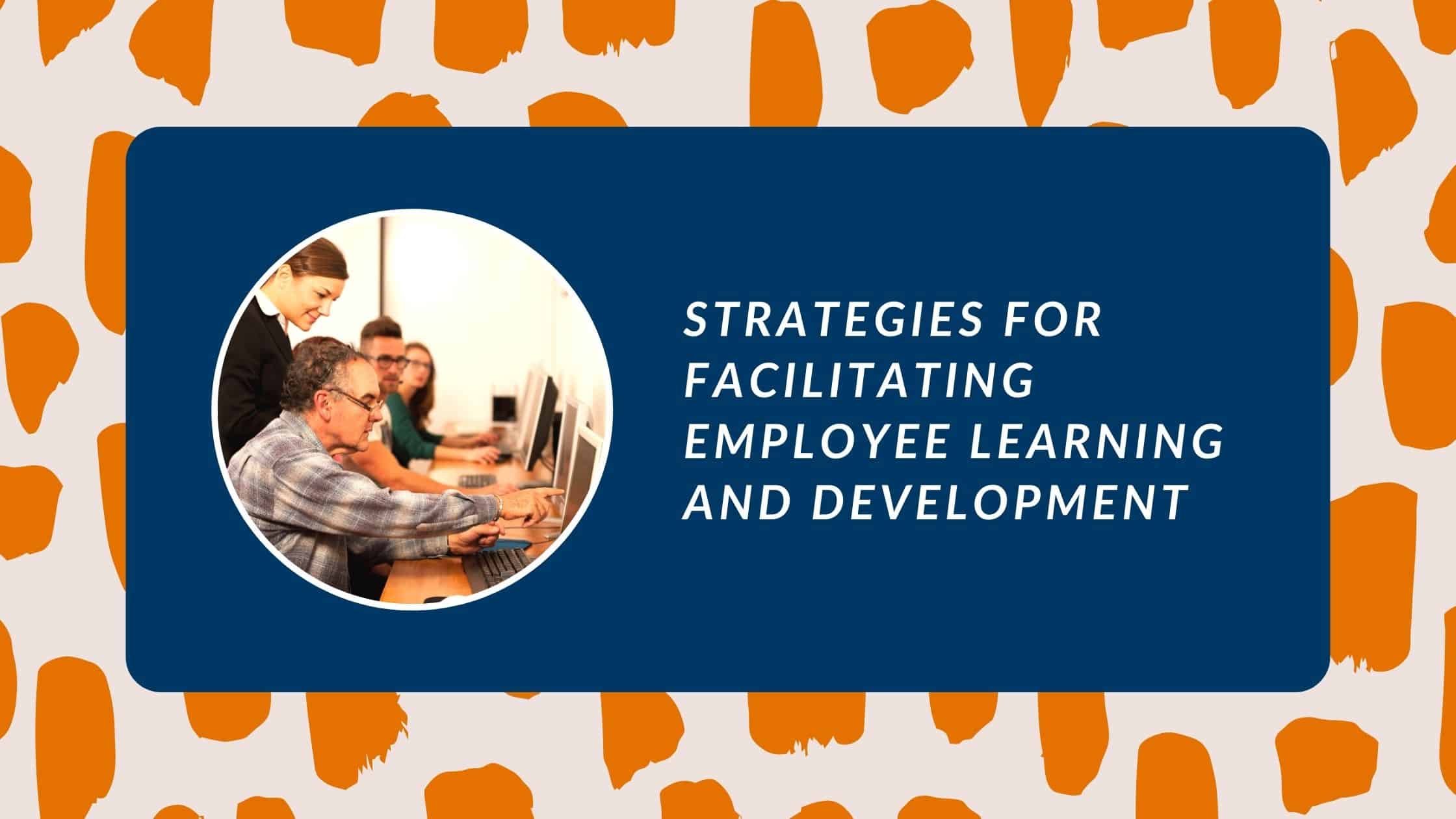For employees to be successful, they need to learn and grow. This is especially true when it comes to career development. Unfortunately, a recent study found that many managers do not prioritize learning and development for their employees.
When employees don’t feel their manager is invested in training and developing them, there are many adverse outcomes, such as job dissatisfaction, lack of trust in the organization, and low motivation. Therefore, managers must provide employees with opportunities to train, develop, and grow to foster a positive work environment. So why don’t managers prioritize employee learning and development?
What is the importance of employee learning and development?
Employee learning and development is essential for many reasons. First and foremost, it allows employees to gain new skills and knowledge they can use in their current or future positions.
Additionally, learning and development opportunities help employees feel valued and motivated. They also create a sense of community, as employees can bond over shared experiences.
Managers can cultivate a talented, knowledgeable, and engaged workforce by providing employees with access to learning and development opportunities.
Why don’t managers prioritize employee learning and development?
There are several excuses managers give for not prioritizing employee learning and development. One of the main reasons is that many managers do not see the importance of these activities. Instead, they believe that employees should learn independently or that learning and development opportunities are unnecessary.
Another reason managers don’t prioritize employee learning and development is that they feel too busy and don’t have time for these activities. For example, supervisors focus on the projects they manage, meeting deadlines, and handling other tasks, so they do not prioritize time for developing their employees.
Finally, some managers do not prioritize learning and development because they aren’t trained to facilitate these activities. For example, they are not familiar with how to assess the learning needs of their employees or how to identify a skill gap. Additionally, they aren’t aware of the organization’s training for employees to learn and develop.
What are some strategies for facilitating employee learning and development?
Managers can implement several different strategies to facilitate employee learning and development.
Online learning through a learning management system
Many organizations have an in-house learning management system (LMS) to facilitate employee learning and development. An LMS enables employees to access on-demand training and development courses and training programs. In addition, employees can take these courses online at their convenience.
Employees have access to a wide variety of technical and non-technical courses. The LMS also allows managers to track their employee’s training, progress, and test results.
Instructor-led training
Another strategy is for managers to offer employees instructor-led learning and development. Instructor-led training (ILT) is a type of formal learning in a classroom setting. The instructor provides employees with information, instructions, and guidance. ILT programs train employees in soft and hard skills, from job-specific skills to change management and leadership.
Organizations that offer ILT programs have a dedicated training department responsible for designing and delivering the courses. The training department will work with subject matter experts to develop course content that is relevant and topical. Once the courses are designed, the trainers will deliver them.
Mentorship programs
Many managers leverage mentor programs for employee learning and development. A mentor is a more experienced employee who provides guidance, support, and advice to a less experienced employee. The goal of a mentor program is to help employees learn and develop their skills, which will lead to career advancement.
Mentor programs can be very beneficial for both the mentor and the mentee. For the mentor, it is an opportunity to give back to the organization and share their knowledge and experience. It can also be a way to stay connected to the organization and maintain their skills. For the mentee, it is a chance to learn from someone with more experience. They can gain new skills and knowledge and build relationships with other employees.
Conferences and workshops
Conferences and workshops are important tools managers can leverage for employee learning and development. They provide a way for employees to learn new skills and network with other professionals. Conferences and workshops can also help employees stay up-to-date on the latest trends in their industry.
Some conferences and workshops are geared specifically towards management development. Others focus on leadership development or technical skills training. Various certification programs are also available for employees who want to further their career development.
In addition, conferences and workshops allow employees to learn from industry leaders and stay up-to-date on the latest trends.
Stretch assignments
One way that managers can further employee learning and development is to give them stretch assignments. A stretch assignment is an opportunity for an employee to take on new tasks or responsibilities above and beyond their current job description. These assignments help employees learn new skills and gain rich experience in different areas of the business. Managers should ensure that stretch assignments are relevant to the employee’s career goals and development plan.
By using various strategies, managers can ensure that their employees are getting the training and development they need now and in the future.
Managers who support learning and development must also provide employees with feedback. This feedback should address what they did well and what they can improve. Employees need to know how they are doing to continue growing and advancing their careers.
By using various strategies, managers can ensure that their employees are getting the training and development they need now and in the future. Leaders need to hold managers accountable for employee learning and development. Share these strategies with your managers and incorporate employee training into their annual goals.
Last updated on August 27th, 2022 at 07:54 am


